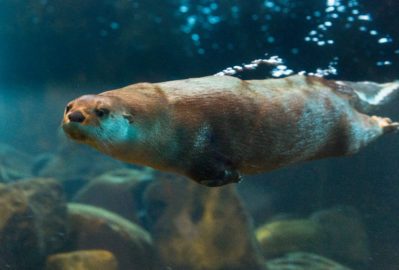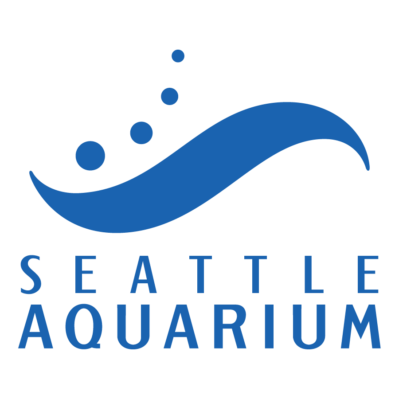Freshwater
GOAL: Reduce freshwater consumption by 25% from 2018 levels by 2030
Goal update
2024: 11,353,144 gal (9% increase from 2018 baseline)
Goal: Reduce freshwater consumption by 25% from 2018 levels (10,377,752 gal)
Note: ACC went online in April 2022 and OP went online in 2024
Sources of freshwater consumption
The Aquarium uses freshwater provided by Seattle Public Utilities for domestic purposes and a limited number of habitats. Salmon rearing, the stream and the river otter habitats all consume freshwater. Freshwater is sourced primarily from the Cedar River watershed and secondarily from the South Fork Tolt River watershed. Seattle’s water supply is heavily protected and surrounded by mature forest, which provides Seattle Public Utilities with high-quality water.

Recent Efforts
Salmon habitat modifications
The Seattle Aquarium altered the salmon ladder from a freshwater to seawater exhibit, thereby significantly reducing freshwater usage.
Upgrades
The Seattle Aquarium has installed low-flow restroom fixtures to reduce freshwater use.
Cleaning
The animal care teams have shifted to cleaning habitats with seawater where possible.
Priority Strategies
Continue to influence the region through policy and advocacy 
The Seattle Aquarium is intricately connected to the water around it. Expanding the Seattle Aquarium’s conservation mission through policy can have a major impact outside of the Aquarium’s walls. Adding capacity to the policy team will allow the Aquarium to build on those efforts and be a regional leader in water policy.
Add freshwater metering and control on a habitat-level basis
Measuring water use is the first step in being able to conserve water. Sub-metering freshwater habitats will provide better data about where and how much water is used. Controls will allow the Aquarium to adjust water supply to meet animal health and well-being needs and manage water consumption where possible.
Audit Market Square fixtures and influence landlord to be more efficient 
Market Square houses a considerable number of staff and the Aquarium is invested in being a long-term tenant. Improving the efficiency of Market Square will allow the Aquarium (and other tenants) to reduce its water use, even if that water use is not currently measured and improve the building.
Audit habitat cleaning procedures
The Seattle Aquarium has made considerable efforts to reduce freshwater consumption for cleaning. However, there may remain opportunities for further reducing freshwater use. Auditing provides the necessary data to determine where freshwater could be further conserved without impacting animal health and well-being.
Revisit river otter and bird habitat water flow rate needs 
The river otter habitat consumes a substantial amount of freshwater. An unknown amount of water is used in the bird habitats. Revisiting the flow rate, in conjunction with water chemistry, can have a significant impact on freshwater consumption.
Install water-efficient kitchen equipment, AC, aerated faucets, showers, heat exchangers, etc. 
Although animal habitats are the primary consumers of freshwater, efficient domestic fixtures and appliances can reduce freshwater consumption and engage staff and others that might otherwise not have played a direct role in reducing freshwater.
Identify synergistic opportunities and proceed with the recommendations of the TJP report 
The TJP report provides detailed water use recommendations. The Aquarium will identify where those recommendations lead to a reduction in water use and pursue those strategies vigorously.
Reexamine flow and adjust water needs based on water chemistry 
Animal health and well-being are critical, and animals benefit from a constant flow of water. However, a proactive and responsive approach to identifying water chemistry needs will allow the Aquarium to reduce water use without compromising animal health.
Run analyses to understand water, energy, and cost trade-offs
Water consumption and energy are intricately intertwined. Whether the Aquarium pumps in new water or circulates and chills water, all these activities require energy. Analyses to determine energy savings of different activities on different habitats will help the Aquarium prioritize where to save water.
Report water use to staff and the public
Reporting water use creates a feedback loop and elevates the importance of water conservation to the public and staff. Reporting also generates buy-in and engagement by users.




